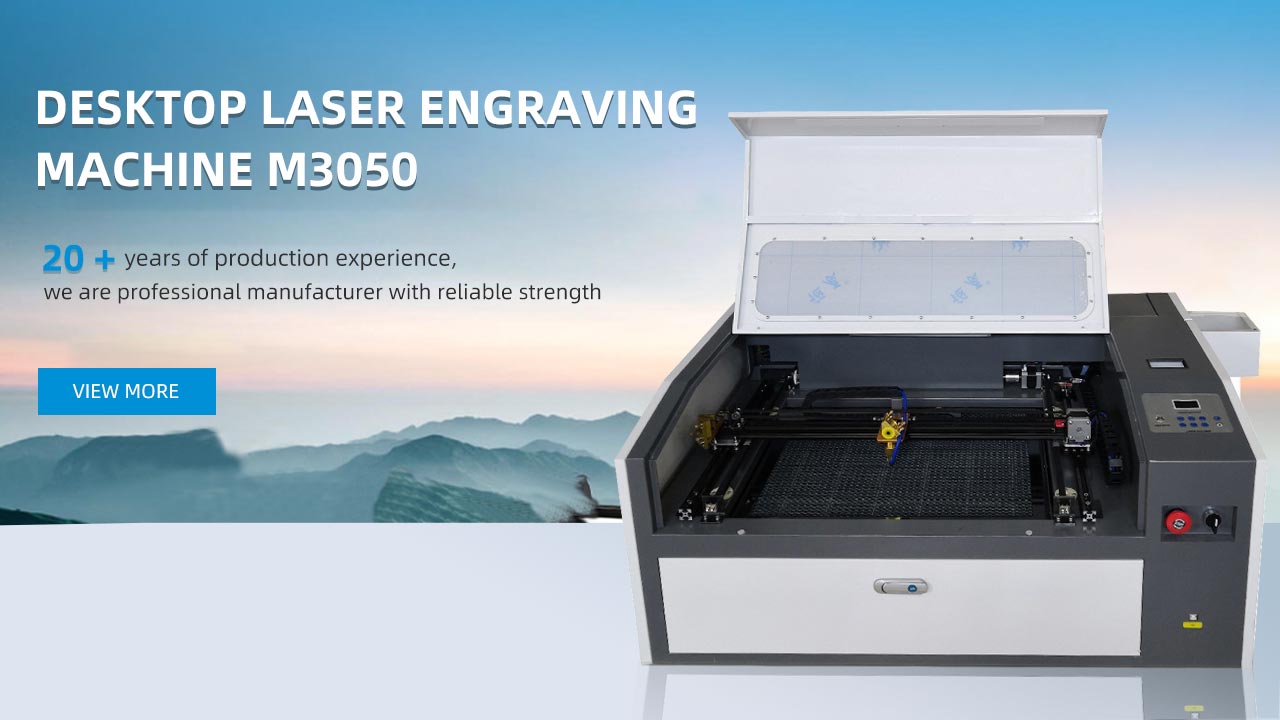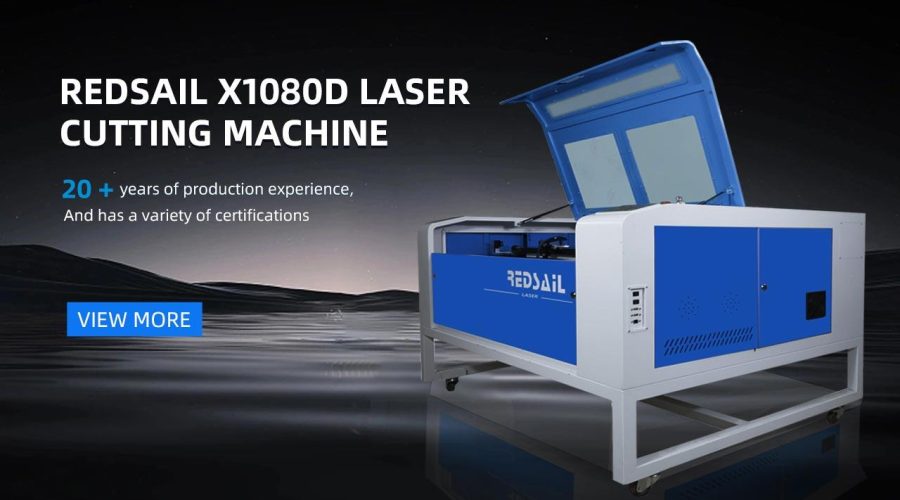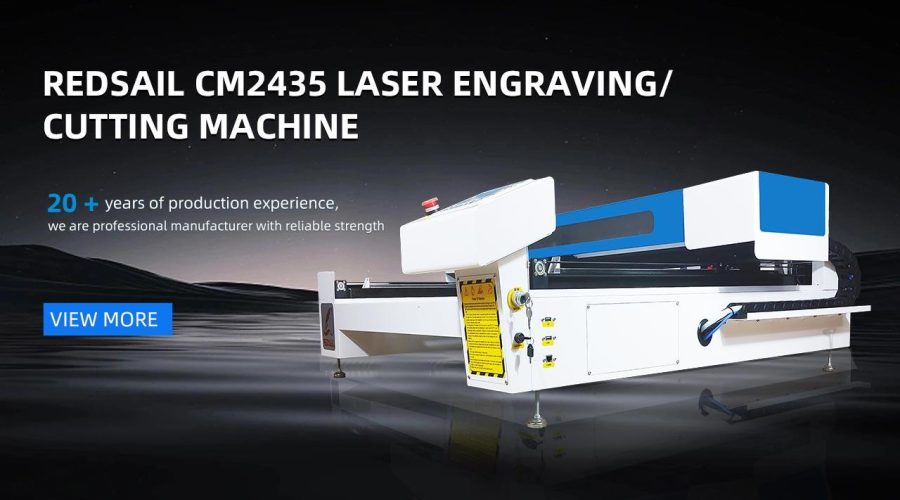Where Can Laser Cutters Be Applied? Exploring Fascinating Examples!
Introduction:
Laser cutting technology has revolutionized various industries, offering precise and efficient cutting capabilities. From intricate designs to industrial fabrication, laser cutters have become a staple tool for many businesses. In this article, we will explore the various applications of laser cutters and dive into fascinating examples from different industries.
Applications of Laser Cutters:
1. Manufacturing and Industrial Engineering:
Laser cutters find extensive use in manufacturing and industrial engineering. They can precisely cut metals, plastics, and other materials, enabling the creation of intricate designs and precision components. The manufacturing industry heavily relies on laser cutters for tasks like sheet metal cutting, engraving serial numbers, creating prototypes, and even welding.
2. Architecture and Interior Design:
Laser cutting technology is increasingly used in the architectural and interior design fields. It allows designers to create intricate patterns, beautiful geometric shapes, and customized furniture pieces. Whether it’s designing light fixtures, wall partitions, or decorative panels, laser cutters provide unparalleled precision and versatility.
3. Textile and Fashion Industry:
Laser cutters have transformed the textile and fashion industry by enabling precise and intricate cutting of fabrics. Designers can create unique patterns, cutouts, and textures, enhancing the aesthetics of garments and accessories. Laser cutters also offer the advantage of seam sealing, reducing the need for traditional stitching methods.
4. Signage and Advertising:
Signage and advertising companies extensively utilize laser cutters to create eye-catching and intricate signage. Whether it’s cutting letters for large-scale outdoor signs, creating logos, or engraving designs on promotional items, laser cutters provide the precision and speed required for these tasks.
5. Woodworking and Furniture Manufacturing:
Laser cutting technology has transformed the woodworking and furniture manufacturing industries. It allows for precise cutting, engraving, and marking of wooden materials, facilitating the creation of intricate designs and custom-made furniture pieces. From decorative panels to intricate patterns on furniture surfaces, laser cutters have become an essential tool for woodworking professionals.
6. Electronics and Electrical Manufacturing:
Laser cutters are widely used in the electronics and electrical manufacturing industry due to their precision and speed. They can accurately cut intricate patterns on printed circuit boards (PCBs), ensuring optimal functionality and compact designs. Additionally, laser cutters assist in creating precise electrical connections, reducing the risk of short circuits.
Fascinating Examples:
Now, let’s delve into some fascinating examples of laser cutter applications in different industries:
Example 1: Architectural Model Making:
Architects and model makers often use laser cutters to create intricate and accurate models of buildings. Laser cutting allows for precise replication of intricate details, such as windows, doors, and architectural elements. This technology has significantly reduced the time and effort required to create detailed architectural models.
Example 2: Customized Jewelry:
Laser cutters have revolutionized the jewelry industry by enabling custom designs and intricate patterns. Jewelers can use laser cutting to create unique pieces of jewelry with precision and intricate details. From delicate filigree work to custom engravings, laser cutters offer endless possibilities for jewelry designers.
Example 3: Personalized Gifts and Engravings:
Laser cutters have made personalization easier and more accessible. Whether it’s engraving names on jewelry, personalizing wooden photo frames, or creating custom designs on glassware, laser cutters provide the precision and versatility needed for personalized gifts and engravings.
Example 4: Automotive Industry:
Laser cutting technology plays a crucial role in the automotive industry, especially in the production of car body parts. Laser cutters can precisely cut and shape metal sheets, allowing for efficient and accurate production of car components. This technology ensures uniformity and precision across each part, resulting in better quality and a streamlined manufacturing process.
Example 5: Packaging and Cardboard Design:
Packaging designers utilize laser cutters to create intricate and eye-catching designs on cardboard packaging. From unique patterns on gift boxes to precise cutouts for product displays, laser cutters enable innovative packaging designs. The ability to cut and engrave cardboard with speed and accuracy makes laser cutting an invaluable tool for the packaging industry.
FAQs:
Q1: What materials can be cut using laser cutters?
A1: Laser cutters can cut a wide range of materials, including metals, plastics, wood, cardboard, fabrics, and even glass.
Q2: How precise are laser cutters?
A2: Laser cutters offer exceptional precision, with cutting tolerances as low as 0.1mm, depending on the material and laser power.
Q3: Is laser cutting a safe process?
A3: Laser cutting is generally safe when performed by trained professionals. However, it is crucial to follow safety guidelines, wear appropriate protective gear, and operate the machine in a well-ventilated environment.
Q4: Can laser cutters be used for mass production?
A4: Yes, laser cutters are widely used in mass production due to their speed, precision, and ability to replicate designs with high accuracy.
Q5: Can laser cutters engrave designs?
A5: Yes, laser cutters can engrave designs and texts on various materials, allowing for customization and personalization.
Conclusion:
Laser cutting technology has revolutionized multiple industries, offering precision, speed, and versatility. From manufacturing and industrial engineering to architecture, fashion, and beyond, laser cutters have found fascinating applications in various fields. By exploring the examples mentioned above, we can witness the immense potential of laser cutters in transforming the way we design, create, and manufacture.





